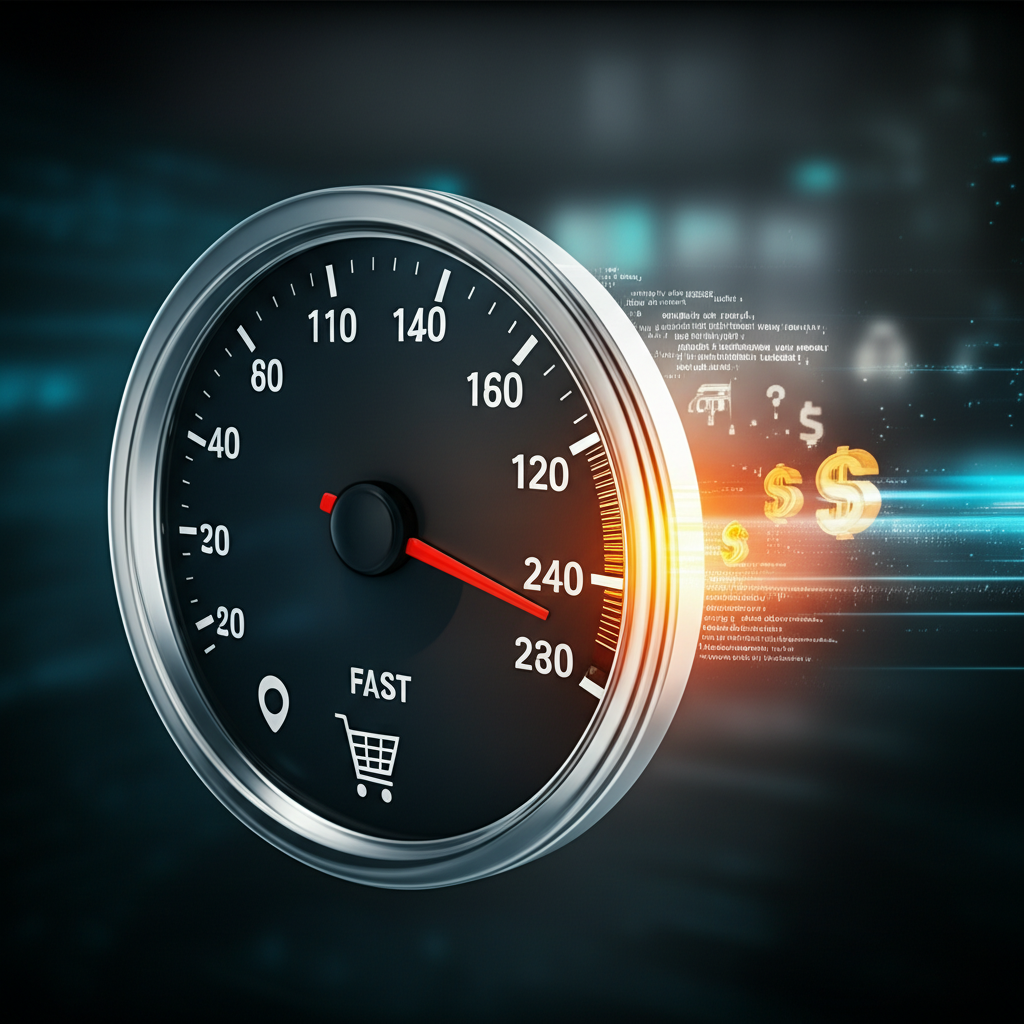- Why Website Speed Matters for SEO
- Impact on Search Engine Rankings
- Mobile-First Indexing
- The Impact of Website Speed on Sales
- User Experience and Bounce Rate
- Conversion Rates and Revenue
- Improving Your Website Speed: Actionable Strategies
- Optimize Images
- Leverage Browser Caching
- Minimize HTTP Requests
- Use a Content Delivery Network (CDN)
- Choose a Fast Hosting Provider
- Minify CSS and JavaScript
- Website Speed: A Continuous Effort
Website Speed: Crucial for SEO & Sales
Website speed is a critical factor for both search engine optimization (SEO) and sales. In today’s fast-paced digital world, users expect websites to load quickly and efficiently. A slow website can lead to a poor user experience, increased bounce rates, and ultimately, lost revenue. This article will explore the importance of website speed, its impact on SEO and sales, and provide actionable strategies to improve your website’s performance.
Why Website Speed Matters for SEO

Search engines like Google prioritize user experience. A slow-loading website contributes to a negative user experience, signaling to search engines that the site may not be providing valuable content or a seamless browsing experience. Consequently, Google and other search engines may penalize slow websites by lowering their rankings in search results. This makes it harder for potential customers to find your website organically.
Impact on Search Engine Rankings
Website speed is a confirmed ranking factor for Google, especially for mobile searches. Google’s algorithm considers various speed metrics, including First Contentful Paint (FCP) and Largest Contentful Paint (LCP), to assess how quickly a page loads and becomes interactive. Improving these metrics directly contributes to better search engine rankings.
Mobile-First Indexing
With the majority of internet traffic coming from mobile devices, Google has adopted a mobile-first indexing approach. This means that Google primarily uses the mobile version of a website for indexing and ranking. Therefore, optimizing your website’s speed on mobile devices is even more crucial for achieving good search visibility.
The Impact of Website Speed on Sales
Beyond SEO, website speed directly impacts sales and conversions. A fast website provides a positive user experience, encouraging visitors to explore the site, engage with the content, and ultimately, make a purchase.
User Experience and Bounce Rate
A slow website frustrates users, leading to a high bounce rate. Bounce rate refers to the percentage of visitors who leave a website after viewing only one page. A high bounce rate indicates that users are not finding what they are looking for, or the website is not providing a satisfactory experience. This translates to lost opportunities for conversions and sales.
Conversion Rates and Revenue
Studies have shown a strong correlation between website speed and conversion rates. Even a one-second delay in page load time can significantly reduce conversions. Faster websites tend to have higher conversion rates, leading to increased sales and revenue. A seamless and quick browsing experience encourages users to complete desired actions, such as making a purchase, filling out a form, or subscribing to a newsletter.
Improving Your Website Speed: Actionable Strategies
Optimizing your website speed is essential for both SEO and sales. Here are some actionable strategies to enhance your website’s performance:
Optimize Images
Large image files can significantly slow down a website. Optimizing images by compressing them without compromising quality is crucial. Using appropriate image formats like WebP can further improve loading times.
Leverage Browser Caching
Browser caching allows returning visitors to load website elements faster by storing certain files locally on their devices. Implementing effective caching strategies can significantly improve website speed for repeat visitors.
Minimize HTTP Requests
Each element on a website, such as images, scripts, and stylesheets, requires an HTTP request. Minimizing the number of HTTP requests by combining files and using CSS sprites can reduce loading time.
Use a Content Delivery Network (CDN)
A CDN distributes website content across multiple servers geographically closer to users. This reduces latency and improves loading speed, especially for users located far from the website’s server.
Choose a Fast Hosting Provider
Your hosting provider plays a crucial role in website speed. Choosing a reliable and high-performance hosting provider, such as those offering SSD storage and optimized server configurations, can significantly impact loading times.
Minify CSS and JavaScript
Minifying CSS and JavaScript files removes unnecessary characters and whitespace, reducing file size and improving download speed.
Website Speed: A Continuous Effort
Optimizing website speed is not a one-time task but an ongoing effort. Regularly monitoring your website’s performance, identifying bottlenecks, and implementing necessary optimizations is crucial for maintaining optimal speed and achieving both SEO and sales success. By prioritizing website speed, you can create a positive user experience, improve search engine rankings, and ultimately drive more conversions and revenue.











Leave a Reply